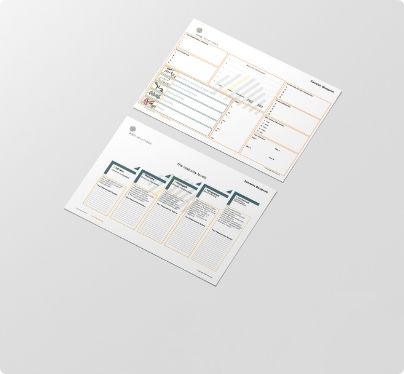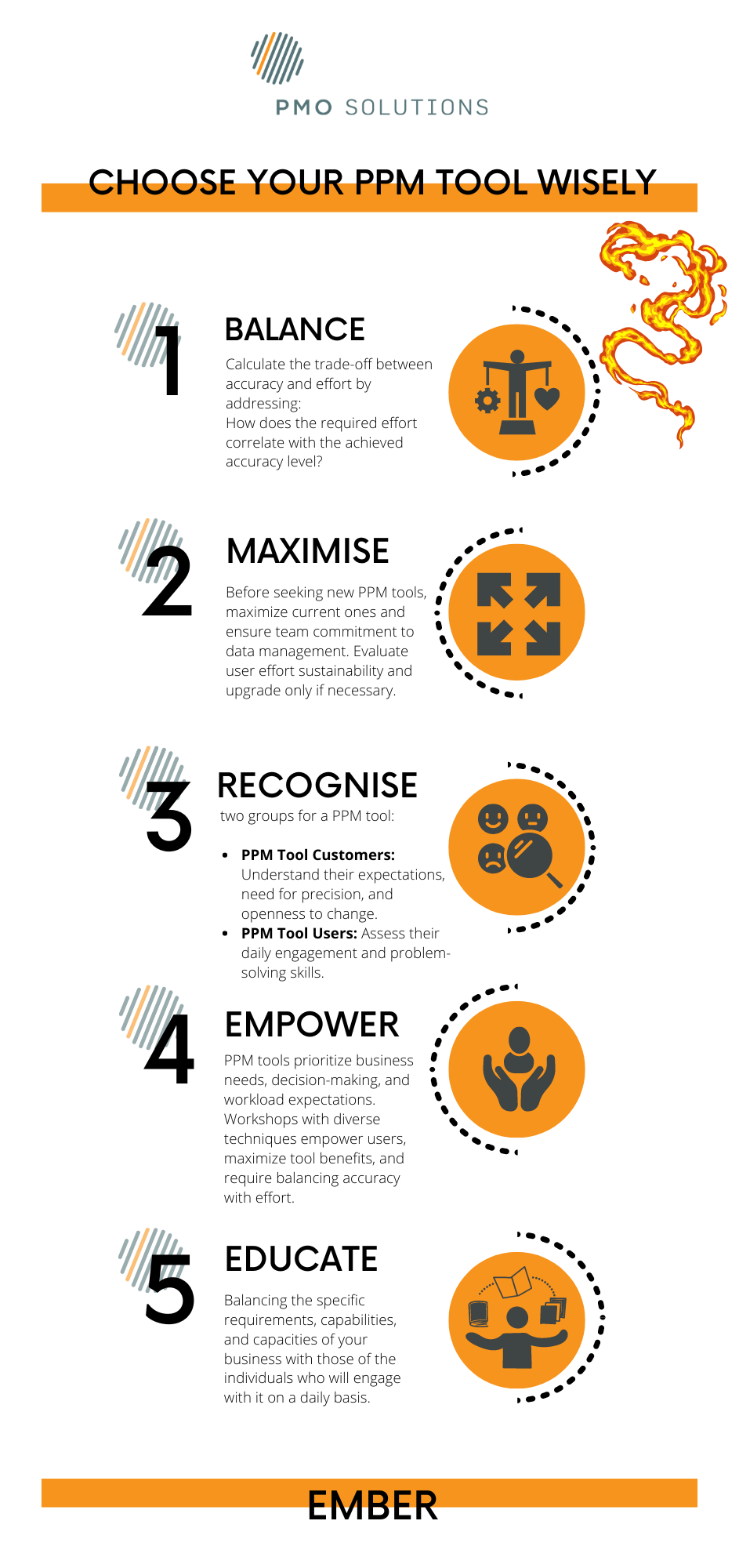27 March 2025
A framework for speaking the executives language

Pervin Rajah
For PMOs looking to drive strategic impact, mastering executive communication is critical. Studies show that only 58% of organisations fully understand the value of their PMO, and yet when effectively aligned with leadership priorities, PMOs can improve project success rates by up to 38% (PMI, 2023). The challenge isn’t just delivering updates - it’s ensuring that executives see the PMO as a strategic enabler rather than an administrative function. Senior leaders operate in a high-pressure environment where decision-making is rapid, data is abundant, and time is limited. To truly influence outcomes and shape strategic focus areas, PMOs must communicate in a way that is clear, concise, and aligned with business priorities.
Successful communication with executives is about framing PMO activities in terms of business impact, risk mitigation, and value creation. High-performing leaders like Indra Nooyi, Warren Buffett, Mary Barra, and Bob Iger have shown that the most influential messages are those that link operational execution to strategic priorities, provide actionable insights, and present solutions rather than just challenges. Whether securing buy-in for portfolio decisions, advocating for resource allocation, or demonstrating delivery performance, PMO leaders must learn to translate project complexity into executive-level priorities.
At our event in both Sydney and Melbourne in November last year, we set out to understand the key challenges of communicating with impact to senior leaders, with real-world experiences from our diverse and highly experienced attendees, we were able to delve into this critical topic and generated extremely valuable insights.
In our last blog article we uncovered these challenges and gave some practical tips to address each one. Now, let's dive deeper and share a framework every PMO can implement to communicate more effectively with executives.
The ECIF Framework: A Practical Guide to Communicating with Executives
To effectively influence executives and drive strategic focus on PMO activities, it’s essential to use a structured approach that aligns with their priorities. The ECIF Framework (Executive Communication for Influence & Focus) is a simple yet powerful method that ensures PMO professionals communicate in a way that is clear, compelling, and action-oriented. This framework integrates the 7 Cs of communication (Clear, Concise, Concrete, Correct, Coherent, Complete, Courteous) with high-impact executive communication strategies used by top leaders and the real-world experience of over 100 delivery professionals.
The ECIF Framework Breakdown:
- E: Executive Mindset: Speak their language
- C: Context & Clarity: Set the stage and focus on what matters
- I : Insight & Impact: Use data and storytelling to drive action
- F : Framing for Decisions: Guide them toward a strategic outcome

1. E: Executive Mindset: Speak Their Language
“Great leaders are those who can take a business imperative and align it with purpose.” Nooyi
Executives think in terms of business impact, risk, and strategic priorities—not just project details. Instead of reporting status updates, structure your message around:
✅ How it aligns with business goals (e.g., cost efficiency, revenue growth, risk mitigation)
✅ What problem it solves or opportunity it unlocks
✅ The decision or action required from leadership
💡 Example: Instead of saying, “We’ve completed 80% of the system implementation,” say:
👉 “We are on track to deliver a 15% reduction in operational costs through automation, with final testing expected in two weeks. We need executive sponsorship to ensure user adoption.”

2. C: Context & Clarity: Set the Stage and Focus on What Matters
“If you can’t explain it simply, you don’t understand it well enough.” Buffet
Executives don’t need a deep dive into project mechanics—they need concise, outcome-driven information that helps them make informed decisions. Structure your updates using the What-So What-Now What approach:
🔹 What? – The key issue, project update, or opportunity
🔹 So What? – Why it matters to business strategy and executive priorities
🔹 Now What? – The next steps or decision required
💡 Example: Instead of saying, “The project is facing delays due to resource constraints,” say:
👉 “A two-week delay due to resource constraints will impact our go-live date and extend costs by $500K. To mitigate this, we propose reallocating resources from a lower-priority initiative. Can we obtain your endorsement to proceed?”

3. I : Insight & Impact: Use Data and Storytelling to Drive Action
“Facts matter, but stories inspire action.” Iger
Executives rely on data-driven insights but are also influenced by compelling narratives. Strengthen your message by:
✅ Providing key metrics and trends (not overwhelming with excessive detail)
✅ Using real-world examples to illustrate impact
✅ Framing the message with a balance of logic and emotion
💡 Example: Instead of saying, “Project X will enhance customer experience,” say:
👉 “Project X will reduce customer wait times from 10 minutes to under 3 minutes, improving satisfaction scores by 25% and increasing retention.”
4. F : Framing for Decisions: Guide Them Toward a Strategic Outcome
“I love when someone challenges the status quo with smart, data-backed thinking.” Barra
Executives don’t just want problems—they want clear recommendations with actionable solutions. When presenting an issue, always offer:
✔ Two to three solution options with trade-offs
✔ A recommended course of action
✔ The risk or opportunity of inaction
💡 Example: Instead of saying, “We need more budget to meet the deadline,” say:
👉
“To meet the deadline, we have three options: (1) Increase budget by 10% to accelerate vendor support, (2) Extend the timeline by four weeks with no cost impact, or (3) Reduce scope by deprioritising non-critical features. We recommend Option 1, as it ensures delivery without impacting strategic objectives.”

How to Apply the ECIF Framework Today
✅ Before your next executive interaction, structure your message using ECIF:
- E : Executive Mindset: Frame it around business value
- C : Context & Clarity: Use the What-So What-Now What model
- I : Insight & Impact: Strengthen your case with data and narrative
- F : Framing for Decisions: Offer clear solutions and recommendations
By using the ECIF Framework, PMO leaders can transform their communication, gain executive buy-in, and drive strategic impact.
Complete the PMO Solutions 3 minute survey to find your Strategy Partner Score: here
Book a complimentary half an hour call with us to shape your Executive Conversation Strategy and learn how you can use the framework in practice.






